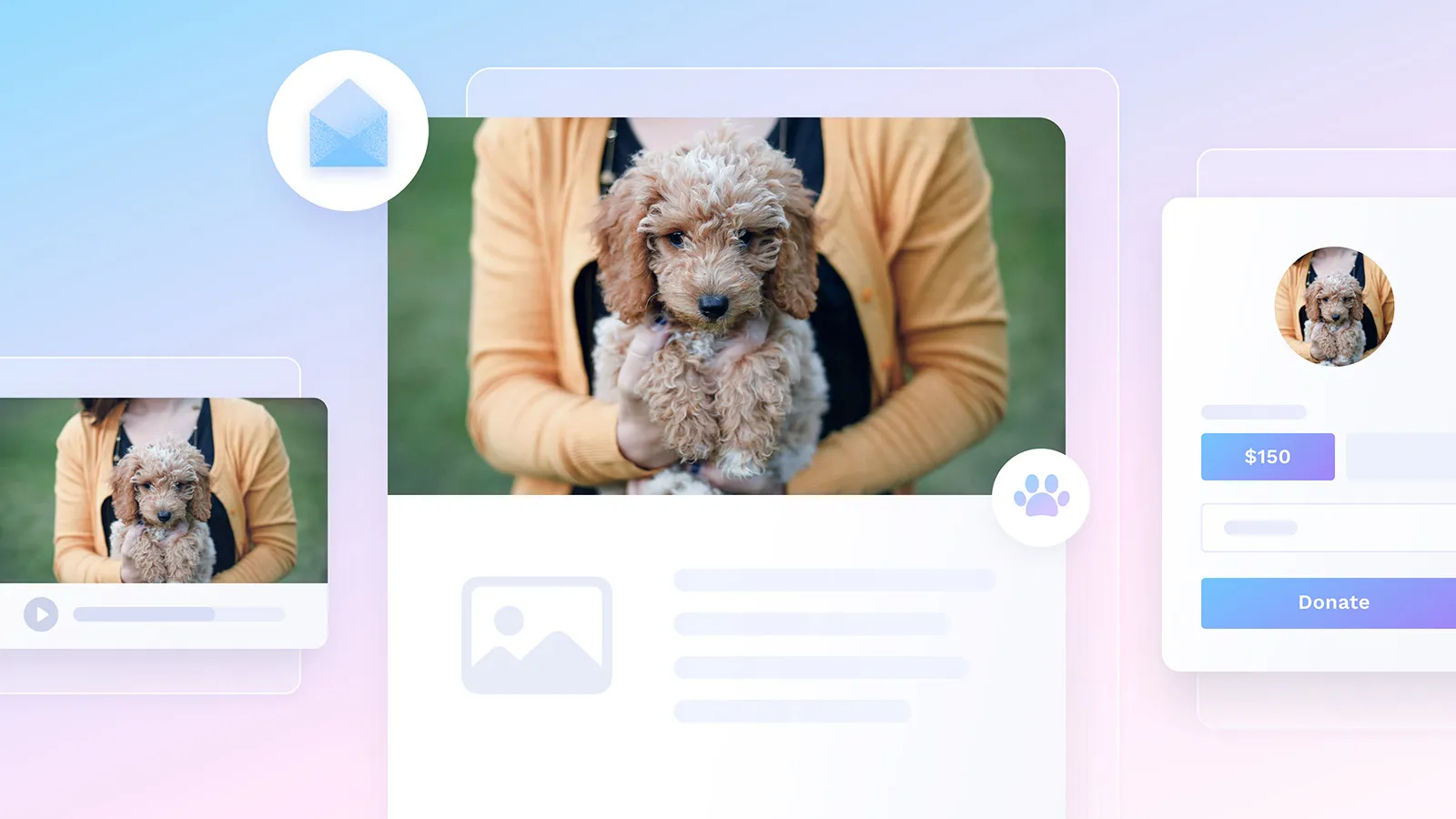Donor segmentation FAQ from AI
What is the donor segmentation strategy?
Donor segmentation strategy is a systematic approach to donor engagement that categorizes donors into distinct groups based on specific characteristics, behaviors, and motivations. This strategic classification allows organizations to tailor their communication, engagement, and fundraising efforts effectively, ultimately enhancing donor relationships and maximizing contributions.
How do you categorize donors?
The most common categories for segmenting donors have to do with demographics, donation activity, and behavior. For example, demographics would include gender, marital status, age, and location. Donation activity shows how much they give, how often, and what time of year while behavior shows whether they donate on a desktop or mobile device, for example.
What is a donor engagement strategy?
A donor engagement strategy is a comprehensive plan designed to cultivate and enhance relationships between nonprofits or charitable organizations and their donors. The primary goal of this strategy is to foster lasting connections that not only encourage donors to contribute financially but also engage them in the organization's mission and activities over the long term.
How should you leverage donor segments?
Strategies for leveraging donor segments effectively help your nonprofit maximize fundraising efforts and foster long-term relationships with supporters. Strategies to consider when working with donor segments include tailoring your campaign, utilizing multiple channels, cultivating major donors, and creating targeted content, and building a personalized donation experience.
Donor segmentation: Key takeaways
- Donor segmentation is a way for nonprofits to group their donor pool by category based on a range of criteria, including preferences, demographics, and giving history.
- Segmenting donors is important for nonprofits because it allows them to tailor their strategies and communications to different nonprofit donor types, increasing engagement, improving donor retention rates, and building stronger relationships.
- You can segment your donors based on a variety of factors, including types of donations, giving history, demographics, preferences, and motivations.
- Clean data is essential to effective donor segmentation, so regularly go through your database to delete duplicate entries and check formatting and accuracy.
- Don't forget to emphasize equity in your donor segmentation strategy that's inclusive, intersectional, and secure.


































.webp)
.webp)











.webp)
.webp)

.webp)
.webp)
.webp)




